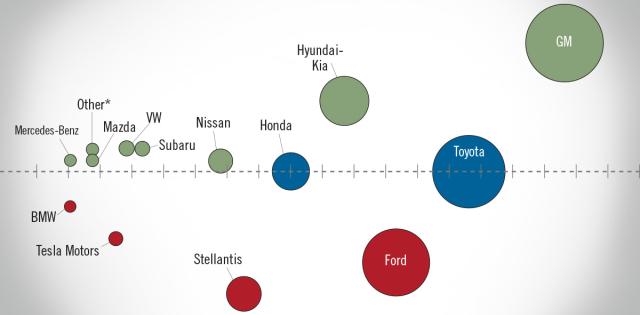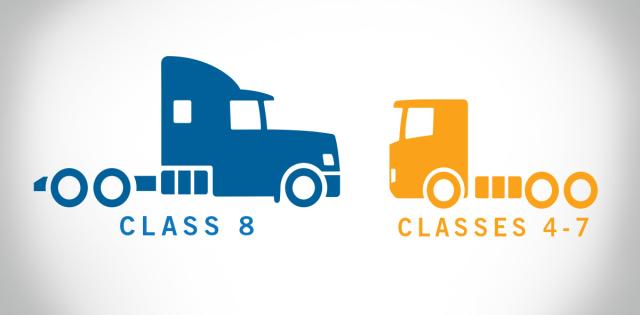The National Automobile Dealers Association (NADA) issued its analysis of U.S. auto sales and the economy following the end of the first quarter of 2021.
“The coronavirus pandemic definitely had an impact on vehicle sales in 2020; while demand was strong, inventory was challenging given manufacturing facility closures and the chip shortage that began to heat up at the end of the year,” said NADA Chief Economist Patrick Manzi. “New light-vehicle sales in 2020 came to a close with 14.46 million units.”
While 2020 sales were down 14.7% compared to 2019, sales in the first quarter of 2021 were extremely strong. The seasonally adjusted annual rate (SAAR) for March was 17.75 million units, the second-highest March of all time, coming in slightly behind the SAAR in March 2000, with the 2021 first quarter SAAR at 16.8 million units, up significantly from the first quarter of 2020 SAAR of 14.8 million units.
NADA now estimates new light-vehicle sales at 16.3 million units for the year, up from the original 2021 sales forecast of 15.5 million units and a 12.7% increase compared to 2020 sales.
Average incentive spending per unit totaled $3,452, a decrease of $963 and $336 relative to March of 2020 and March of 2019 respectively.
As demand remains high for new vehicles, vehicle production continues to be negatively impacted by the shortage of microchips. Inventory at the end of the first quarter of 2021 was 12.8% lower than at the beginning of the year with fewer choices on dealer lots. At the end of the first quarter of 2021, industrywide supply fell to 39 days from 48 days at the beginning of the quarter. If sales remain strong in April without a significant boost of inventory, a decline in sales by late in the second quarter is expected due to low inventory levels.
In the first quarter of 2021, production was also impacted by a reduced supply of resins used in many automotive parts, as well as by severe winter storms that caused manufacturing closures. The chip shortage is extending into the second quarter and will cause further vehicle production losses; North American vehicle production is expected to total 15.8 million units in 2021.
“We expect that production shortages will continue to impact new-vehicle sales for at least the second quarter and likely spill over into the third quarter,” added Manzi. “The longer these production disruptions linger, the longer it will take for automakers to rebuild inventories to levels necessary to meet demand, and the less likely it is that automakers will be able to make up sales lost to both retail and fleet customers.”
Inventory shortages for new vehicles continue to support robust used-car sales and values alike. After moderating for the final months of 2020, used-vehicle prices began to climb in the first quarter of 2021. NADA anticipates used-vehicle market activity will remain elevated into the summer as the industry continues cope with new-vehicle production and inventory difficulties.
At the macro level, GDP is anticipated to grow at an annualized rate of 6% in the first quarter of 2021, according to the Federal Reserve Bank of Atlanta. NADA anticipates that real GDP for the 2021 to reach 6% to 6.5%. In the labor market, initial jobless claims have fallen below one million per week, but remain at historically high levels. According to the Bureau of Labor and Statistics March jobs report, 916,000 jobs were added and revisions upward were made to January and February reports. As vaccinations continue, jobs gains are expected in the second quarter of the year with more Americans returning to daily life. At franchised new-car dealerships, employment totaled 1,077,900 at the end of 2020, a strong improvement after bottoming out in April 2020 at 888,000. NADA anticipates pent-up demand for travel and services spending as the economy reopens; the savings Americans have built during the pandemic will also play a role, but will not be a major driving factor of economic expansion.
“The economy continues to show strong signs of recovery from the coronavirus pandemic,” said Manzi. “The widespread dissemination of the COVID-19 vaccine and the stellar new light-vehicle sales in March are reasons to be optimistic for the remainder of 2021.”
Read the full March 2021 NADA Market Beat report.











